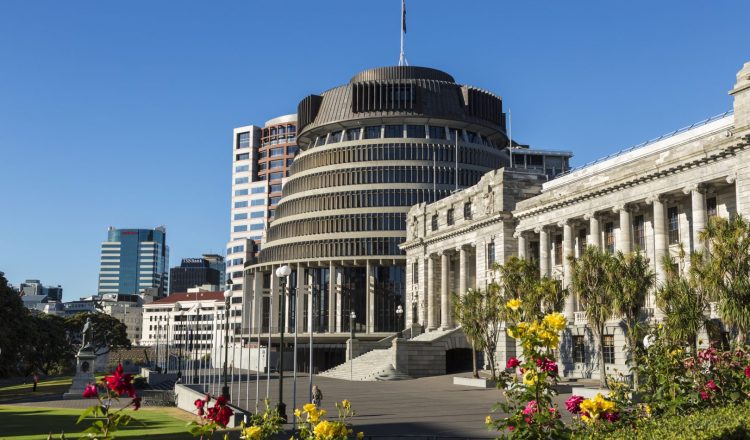Văn phòng Thanh tra
Thanh tra là gì?
Khái niệm của thanh tra đến từ Thụy Điển và có nghĩa là ‘khiếu nại ‘hoặc ‘người đàn ông bất bình’. New Zealand là một trong những quốc gia đầu tiên áp dụng vai trò này vào hệ thống chính phủ của họ, đây là minh chứng cho sự nhấn mạnh của nước này về sự bình đẳng và công bằng. Thanh tra là một vị trí độc lập, không thiên vị và được bổ nhiệm bởi Toàn quyền, đảm nhiệm vai trò quan trọng bằng cách đảm bảo và ưu tiên sự công bằng cho người dân New Zealand Thanh tra thực hiện điều này bằng cách điều tra các khiếu nại của công chúng đối với các cơ quan chính phủ. Các cơ quan này bao gồm các cơ quan ở cấp độ của cả chính quyền trung ương, chẳng hạn như doanh thu nội địa, và chính quyền địa phương như hội đồng. Văn phòng của thanh tra viên cũng có thể điều tra các doanh nghiệp thuộc sở hữu nhà nước như Kiwirail cũng như các trường đại học.
Ngoài mục đích ngăn chặn và trừng phạt những hành vi trái pháp luật hoặc tham nhũng tại nơi làm việc của chính phủ, thanh tra viên điều tra việc đối xử với tù nhân trong nhà tù và trung tâm giam giữ. Những người báo cáo các hành vi, vi phạm tiềm năng được gọi là ‘người tố cáo’và phải được bảo vệ bởi thanh tra để bảo vệ sự công bằng của cuộc điều tra. Văn phòng của thanh tra cũng cung cấp thông tin phản hồi và đào tạo cho các cơ quan chính phủ, để đảm bảo rằng họ hoạt động chính xác và trong phạm vi pháp luật.
Thực hiện khiếu nại
Khiếu nại đến văn phòng của thanh tra nên được coi là phương sách cuối cùng, vì nhiều cơ quan chính phủ này có dịch vụ ghi nhật ký khiếu nại riêng của họ. Thanh tra viên sẽ chỉ xem xét hành động thay mặt bạn nếu bạn đã ghi lại một khiếu nại gần đây với cơ quan và liên lạc người đứng đầu cơ quan mà không nhận được bất kỳ kết quả nào. Một số cơ quan chính phủ, chẳng hạn như lực lượng cảnh sát, có các nhà điều tra khiếu nại độc lập của riêng họ, và do đó nằm ngoài tầm với của thanh tra .
Dưới đây là một số mẹo để ghi lại khiếu nại với cơ quan chính phủ:
- Đặt ra khiếu nại của bạn một cách rõ ràng và ngắn gọn.
- Gửi tên và chi tiết liên lạc của bạn.
- Bao gồm thời gian, ngày tháng và địa điểm quan trọng đối với khiếu nại.
- Mô tả vấn đề tốt nhất của khả năng của bạn.
- Ghi lại bất kỳ cuộc gọi điện thoại hoặc cuộc họp nào bạn đã có để giải quyết vấn đề
- Truyền đạt nhu cầu hợp lý của bạn.
- Bao gồm các thông tin bổ sung hoặc các tài liệu có liên quan.
Nếu khiếu nại của bạn vẫn không được chú ý, bạn nên cân nhắc liên hệ với văn phòng của thanh tra bằng cách gọi, gửi email hoặc viết thư. Hiểu rằng thanh tra viên có thể từ chối yêu cầu của bạn do khoảng thời gian trôi qua kể từ khi vụ việc xảy ra, vì vậy đừng trì hoãn khiếu nại của bạn một cách không cần thiết.

















































